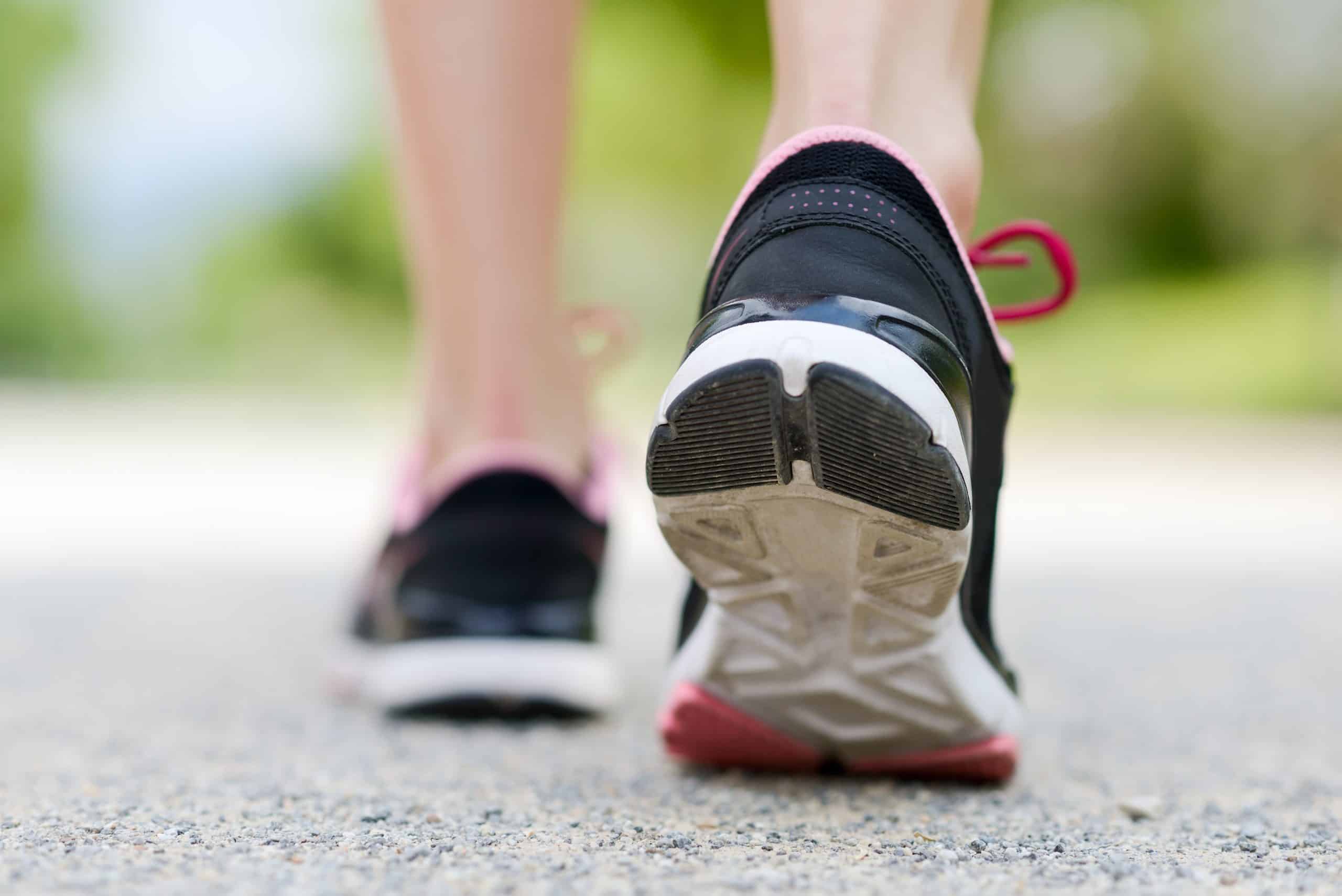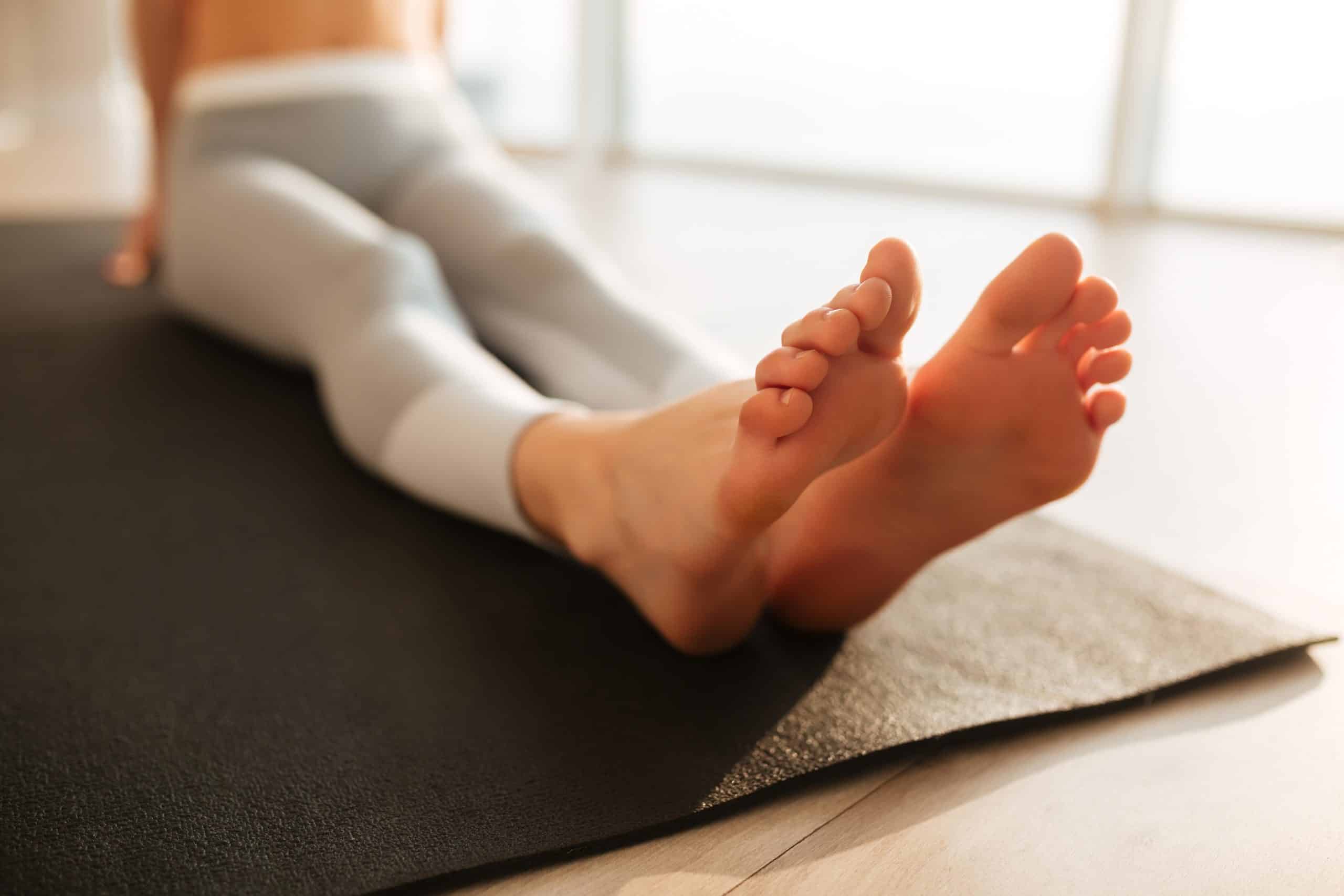What are Flat Feet?
Pes planus or flat feet is a postural deformity relating to the collapse or flattening of the medial longitudinal arch. It can also be referred to as hyperpronation or overpronation. Although there are varying degrees of collapse, people are still able to live completely pain-free with flat feet.
What Causes Flat Feet?
This condition can be congenital (e.g. from birth) or acquired (e.g. adults, increased exposure to weight-bearing).
Congenital flat feet occur when someone is born with or predisposed to having a more flexible midfoot region resulting in pronation or collapsing of the arch. Ethnicity is an important factor surrounding flat feet, with the condition being more likely in certain indigenous cultures.
Acquired flat feet are caused by a loss of active (e.g. intrinsic foot and ankle stabilizers) or passive support (ligamentous laxity, hypermobile joints) during dynamic weight-bearing activities. Muscular insufficiency in the ankle and arch stabilizers are the most common etiological factor for flat feet.
How Do Flat Feet Progress?
Flat feet progress slowly as you increase your feet’s exposure to weight-bearing activities. The two most common progressions from flat feet are foot deformities and bony stress injuries.
In the active person, hyperpronation alters the load transference up through the leg and can cause stress responses such as shin splints and in the worst case, stress fractures.
At the opposite end, the bones through your foot are also exposed to altered loads potentially causing a bunion. As seen in the image, the midfoot pronation and collapse of the arch change the line of force to the outside of the first metatarsal (from green to red), creating the bony protrusion. As the head of the metatarsal is forced out, the rest of the big toe is forced inwards further accentuating the bunion.
How are Flat Feet Diagnosed?
Your Certified Pedorthist will observe you conducting numerous single leg tasks in order to investigate your overall dynamic control, from your foot and ankle to your hips. This will include activities that challenge your strength, endurance, proprioception, and balance. Integrated into the entire kinetic chain, the main focus will be identifying any active insufficiencies through your arch and its’ respective stabilizers.
In some cases, a weight-bearing Xray may be ordered in order to investigate the integrity and dynamic control of the specific joints of the arch under stress and load.

Flat Feet Treatment
Treatment can vary largely considering the broad etiological factors. Below is a range of treatment directions focussing primarily on improving the active stabilization of the foot and ankle to endeavour to correct the flat feet deformity.
Restore Intrinsic Muscle Control and Foot Arch Biomechanics
Your foot arch is dynamically controlled via important intrinsic plantar muscles, which may be weak or have poor endurance. These foot muscles have a vital role in dynamically stabilizing the base of your foot plus preventing overpronation of the midfoot and loading through your plantar fascia.
Dynamic Foot Posture Exercises
Any deficiencies will be an important component of your rehabilitation. Your physiotherapist is an expert in the assessment and correction of your dynamic foot control. They will be able to help you to restore your normal foot biomechanics and provide you with foot stabilization exercises to alleviate any deficiencies.
Custom Orthotics
After your biomechanical assessment, you may be recommended a soft temporary orthotic to help provide protection and relief through over-loaded structures. If your physiotherapist deems an orthotic will be of benefit for long-term use, a referral to your local podiatrist for a specialized orthotic may be recommended. The good news is that most flat feet sufferers will not need permanent passive arch support such as an orthotic.
At Target Therapeutics, our Certified Pedorthist can make sure you get the best possible custom orthotics.
Restore Normal Calf & Leg Muscle Control
You may find it difficult to comprehend, but all of your leg (calf, thigh and hip) muscles play an important role in controlling your ankle position and foot arch mechanics. Your physiotherapist will assess your leg muscle function and provide you with the necessary treatment or exercises to correct any ankle, knee or hip stabilizer insufficiency. Ask your physiotherapist for more specific advice.
Footwear Analysis
Sometimes it is poorly designed footwear that can predispose you to acquire flat feet or an associated injury. If you do suffer pain or discomfort that is impacting your active lifestyle, you should seek the professional advice of your healthcare practitioner to assist your ability to determine the best footwear for your feet.
Do you suffer from flat feet? You’re not alone. There are many possible solutions that can help you immensely.


Leave a Reply